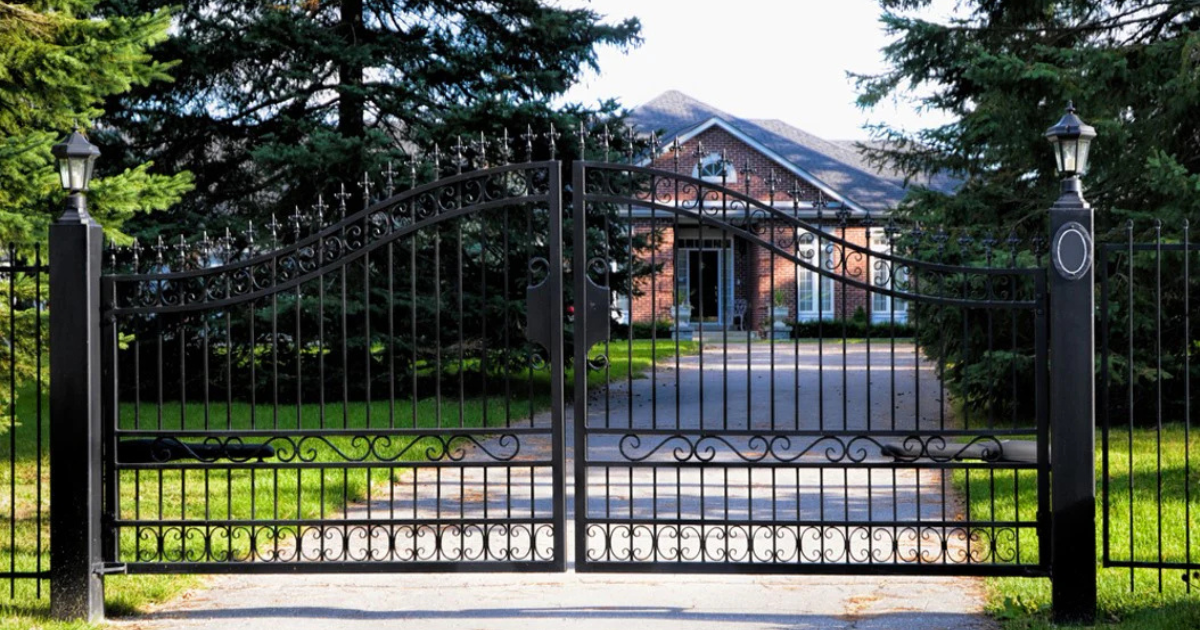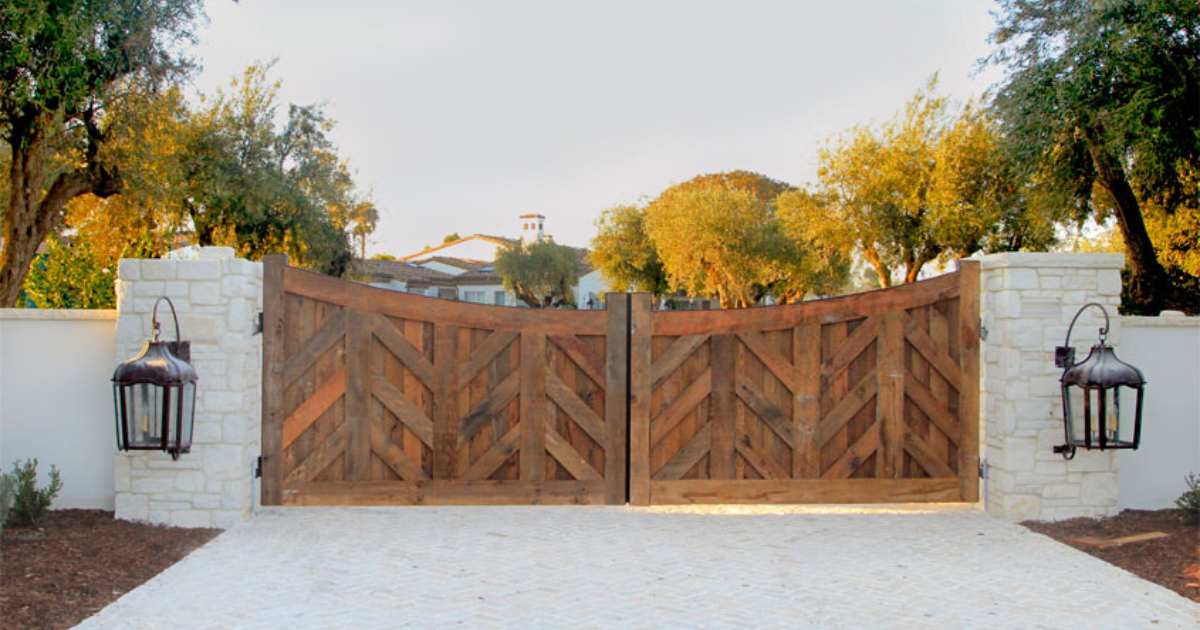Need to Know
Gate posts are the backbone of any gate system, providing the support and stability needed for long-lasting functionality. Whether you’re installing a residential or commercial gate, choosing the right gate posts, such as a sturdy metal post, and following proper installation techniques are key to ensuring a durable and smooth operation. In this guide, we’ll walk you through the types of gate posts available, how to select the right one, and the step-by-step process for a successful installation.
1. Types of Gate Posts
Choosing the right post material is essential for both aesthetic and functional purposes. Here’s a breakdown of the most common types:
- Wooden Posts: These posts are popular for their natural look and ease of installation. They are often treated to resist rot and pests, making them a solid choice for residential gates.
- Metal Posts: Metal posts, typically made from steel or aluminum, provide exceptional strength and durability. They are ideal for heavy gates or when long-term stability is required.
- Concrete Posts: For maximum durability with minimal maintenance, concrete posts are the go-to choice. They are frequently used in high-security settings or for industrial gates due to their strength.
2. Choosing the Right Gate Post
Involves considering several factors, including height, weight, and material compatibility.
- Height and Width: The size of the post must match the height and weight of the gate. For example, heavier or taller gates need sturdier, more robust posts for adequate support.
- Material Compatibility: Ensure that the post material is compatible with the gate itself. For instance, using metal posts with a metal gate can help avoid issues like corrosion or wear over time.
3. Preparing for Installation
Before you start digging, it’s important to carefully plan and prepare the post installation:
- Determine Post Location: Mark the exact spots for installing the posts, ensuring they are properly aligned with the gate for smooth operation.
- Digging Post Holes: Use a post hole digger to create holes for the gate posts. A general rule of thumb is to dig the holes one-third the height of the post. For example, if you have a 6-foot post, your hole should be at least 2 feet deep.
- Post Hole Diameter: Make sure the hole is wide enough—typically, the diameter should be twice the width of the post to ensure stability.
4. Installing Gate Posts
After digging the holes, it’s time to place the posts:
- Wooden Posts: Place the wooden post into the hole, adding gravel at the bottom for drainage. Fill the hole with concrete, making sure the post is plumb (vertically straight).
- Metal Posts: Insert the metal post into the hole and ensure it’s plumb. Pour concrete around the post, completely filling the hole for maximum support.
- Concrete Posts: Set these pre-fabricated posts into the hole with concrete, similar to metal posts.
Allowing for Settling:
- Concrete Curing: Allow the concrete to cure for 24-48 hours to securely set the posts.
- Backfilling: After the concrete has set, backfill the remaining hole with soil, tamp it down to eliminate air pockets and ensure stability.
5. Finishing Touches
it’s time to add the finishing touches for long-term durability and appearance.
- Sealing and Treatment: If you’re using wooden posts, apply a sealant to protect them from weathering. Metal posts Paint or powder-coat metal posts to prevent rust and corrosion.
- Attaching the Gate: Once the posts are securely in place, attach the gate hardware and mount. Check that the gate swings freely and is properly aligned with the posts.
Conclusion
The installation is a critical step in ensuring your gate remains stable and functional for years to come. By selecting the appropriate materials—whether metal posts, wooden posts, or concrete—and following the correct installation steps, you’ll create a strong foundation for your gate system.




